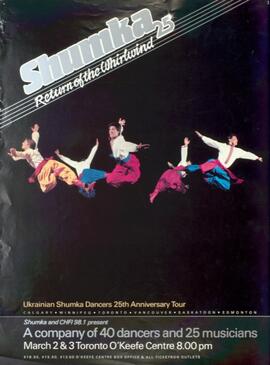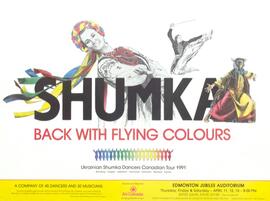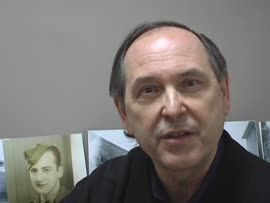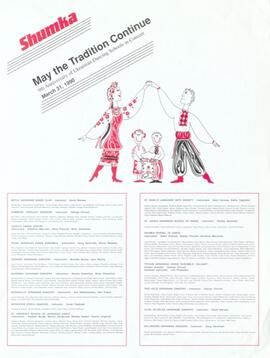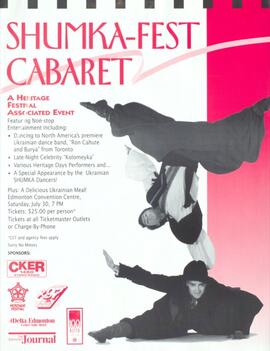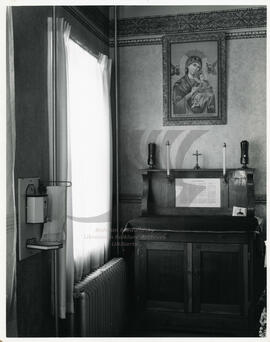Part 1: Born on September 29, 1901 in a town of Hlyzan’ (??) near Lviv; his wife is Olga Shulha (nee - Kashuba); attended a gymnasium in Lviv, interrupted by WWI; in 1914, Russian Army came, in 1915, Austrian Army returned; Paul was the eldest child; shkola kylymars’kykh vyrobiv in his town; in 1918, his father returned from the Italian front; Paul was studying in a Teachers Seminary; he was drafted into the Polish Army, telegraph school; military life; Halyts’ka armiia; fighting in Odessa; makhnivtsi; Tiutiunnyk; his army heading to Kyiv; being in a hospital with typhos; back to his regiment; Bessarabia; Red Army, internment in Proskuriv; returning home; came to Canada in March of 1927 (Gdansk - South Hampshire - St. Johns, NB).
Part 2: Paul came to Winnipeg; teaching at a Ridna shkola at Ivan Franko settlement; Transcona and its inhabitants; Het’mantsi; antagonism between Ukrainians in Canada; teaching to play musical instruments; moving to Regina in the 1930s; Ukrains’kyi narodnyi dim in Regina; Vasyl’ Veselovs’kyi (??); Paul teaching at the Narodnyi dim im. Shashkevycha; Strilets’ka hromada; womens section of the Strilets’ka hromada; publishing Robintsychi visti; brass orchestra; Shatul’s’kyi (??); Myrnam.
Part 3: Used to make musical instruments. Learned in the Old Country from his uncle. He was part of the music band there, and played violin. (They also played “Svatannia na Honcharivtsi”). He wanted his uncle to tune the violin, and he agreed if Paul would help him build instruments. He left Myrnam in 1931, went to Saskatoon; Babiy (??); Vasyl Hoitai (??); Fr. Savchuk; a trip on farm to distribute Novyi shliakh; Paul was a member of the Strilets’ka hromada; organizing UNO in Saskatoon; Kosar; Hryhorovych - the 1st Head of UNO; Bishop Makariy (??); Hryhorovych; Slipchenko (??); Communists in Saskatchewan were the strongest; Bozhok; Instytut Hrushevs’koho; Pohorets’kyi as the Editor of Novyi shliakh; Ukrainian community in Kenora.
Part 4: Denis Metel’s’kyi (??) organized a brass orchestra; Pashchyn (??); organizing concerts in 1931 in Sudbury; his orchestra was called “banda”; Prof. Bobers’kyi (??); Het’mantsi; concert at the UNO Congress; WWII, German sentiments at UNO; Fr. Jean (??); Sheptyts’kyi; after the end of WWII Paul returned to Kirkland Lake; Ridna shkola - Matviichuk’s textbooks.
